Guides
How to Grow Yellow Trillium: The Ultimate Shade Garden Guide
Have you ever looked at the dark, bare spots under your trees and wondered why nothing ever seems to thrive there? If you’re like me, you’ve probably tried planting hostas or ferns, but still felt like something was missing. That’s where Yellow Trillium (Trillium luteum) comes in – it brings bright, cheerful yellow blooms that light up shady spaces, adding that woodland magic you’ve always wanted in your garden.
What is Yellow Trillium (Trillium luteum)?
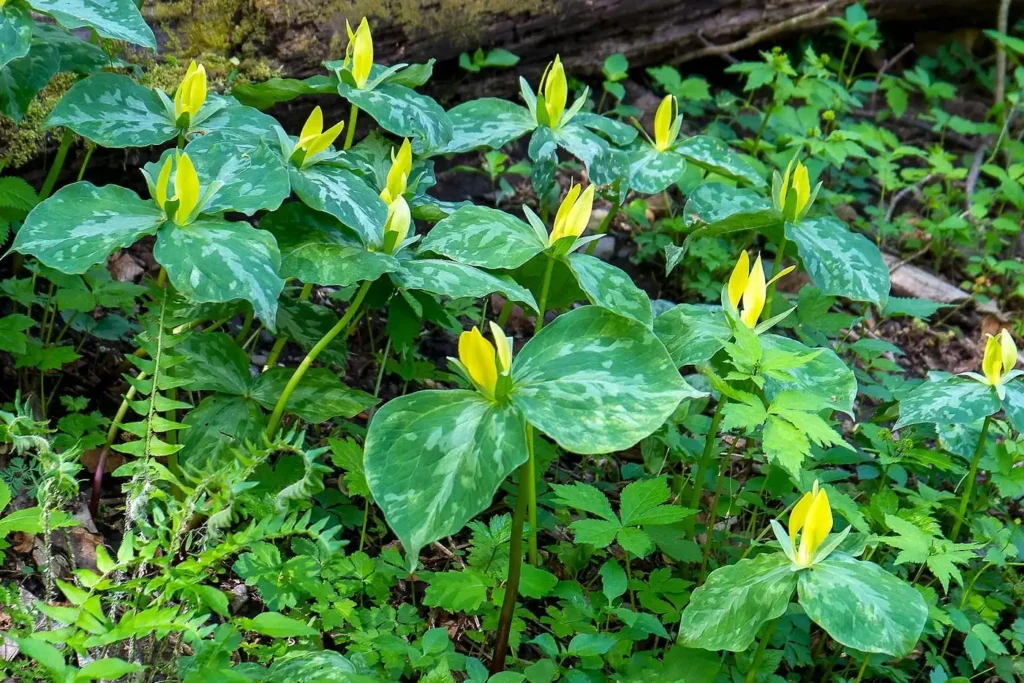
Yellow Trillium is a native woodland perennial known for its lemon-scented flowers and beautiful mottled green leaves. Its botanical name is Trillium luteum, and it thrives in USDA zones 4-8, growing about 12-18 inches tall. Naturally found in moist, rich soils of southeastern US forests, this trillium is a must-have for anyone who wants to create a thriving native shade garden or woodland landscape.
Key Features:
-
Botanical name: Trillium luteum
-
Plant type: Perennial woodland flower
-
USDA zones: 4-8
-
Height: 12-18 inches
-
Bloom time: Mid to late spring
-
Habitat: Moist, rich, well-drained soils under deciduous trees
Why Should You Grow Yellow Trillium?
There are so many reasons to grow Yellow Trillium. First, it brightens shady areas with its unique yellow blooms that appear in mid to late spring, often when other plants haven’t started flowering yet. It’s also low maintenance once established and supports pollinators and native biodiversity, making it an ideal choice for gardeners who care about ecological gardening and adding native shade plants to their backyard.
I still remember the first time I planted Yellow Trillium under my oak tree. That area was always dull and lifeless, but once the trillium bloomed, it completely transformed into a woodland paradise I enjoy every spring.
How to Grow Yellow Trillium Successfully
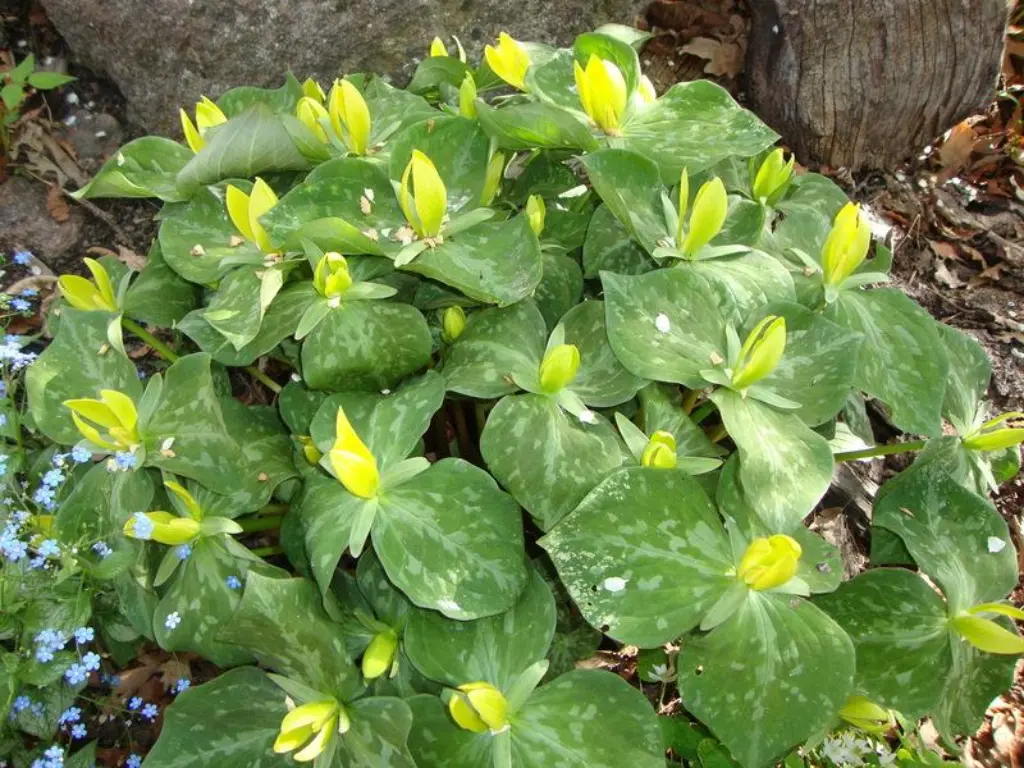
Best Time to Plant
The ideal time to plant yellow trillium bulbs, which are actually rhizomes, is in early fall or late summer. This timing allows the rhizomes to settle into the cool, moist soil and develop roots before winter dormancy begins. Planting at the right time ensures strong growth and beautiful blooms when spring arrives.
Choosing the Right Location
Yellow Trillium loves partial to full shade, making it perfect for areas under deciduous trees that get dappled sunlight. It prefers moist, well-drained soil that is rich in organic matter, with a neutral to slightly acidic pH between 5.5 and 7. Choose a spot that mimics its native woodland habitat to keep it healthy and thriving for many years.
Preparing the Soil
Before planting, it’s important to prepare the soil so it feels like a natural forest floor. I usually mix in lots of leaf mold or compost to improve moisture retention and soil structure. Make sure the soil is loose and well-draining to avoid root rot, then mulch the area with shredded leaves to maintain moisture and regulate temperature around the rhizomes.
Planting Yellow Trillium Bulbs
When planting Trillium luteum rhizomes, dig a hole about 2-3 inches deep and place the rhizome horizontally, ensuring the buds face upwards. Cover with soil, gently firm it down, and water thoroughly. Don’t worry if you don’t see growth in the first spring – sometimes trillium takes a year to break dormancy, especially if planted from dry rhizomes.
Caring for Yellow Trillium Throughout the Seasons
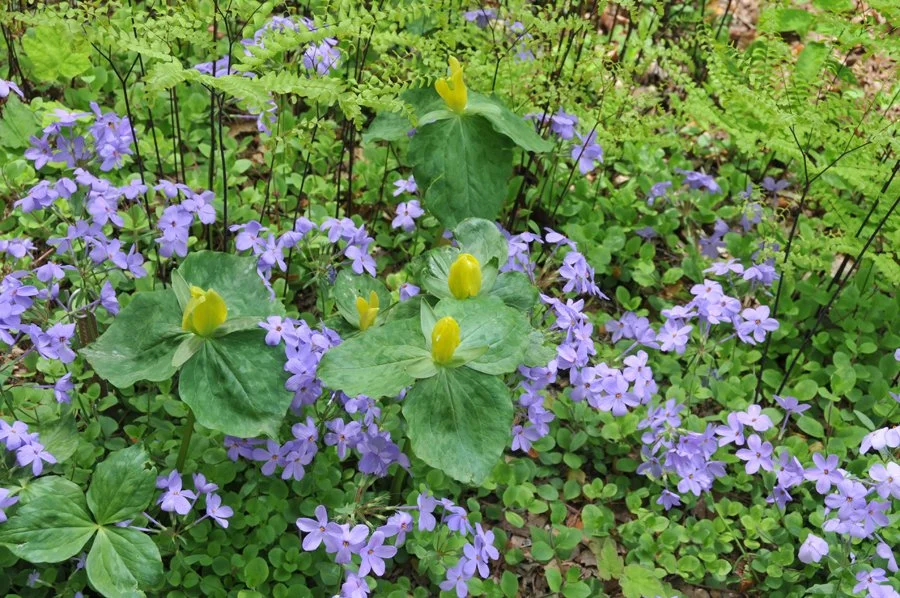
Spring and Summer
During spring and summer, keep the soil evenly moist, especially during dry spells, as trillium prefers consistent moisture. Avoid overhead watering to reduce the risk of fungal diseases on the leaves. Allow the foliage to die back naturally after blooming, as the plant uses this period to store energy in its rhizomes for next year’s growth.
Fall and Winter
In fall, add a fresh layer of leaf mulch to protect the rhizomes from temperature extremes and keep the soil rich in organic matter. During winter, there is no need for special care since trillium goes dormant underground, but it’s best to avoid disturbing the soil where they are planted to protect their delicate root systems.
Common Problems and Solutions
If you notice that your Yellow Trillium isn’t flowering, it could be due to too much sun or being planted too shallowly. For yellowing leaves during summer, check soil drainage and adjust watering, as waterlogged soil can lead to root rot. Slugs sometimes feed on trillium leaves, so you may need to use organic slug pellets or copper tape around your plants to keep them safe.
How to Propagate Yellow Trillium
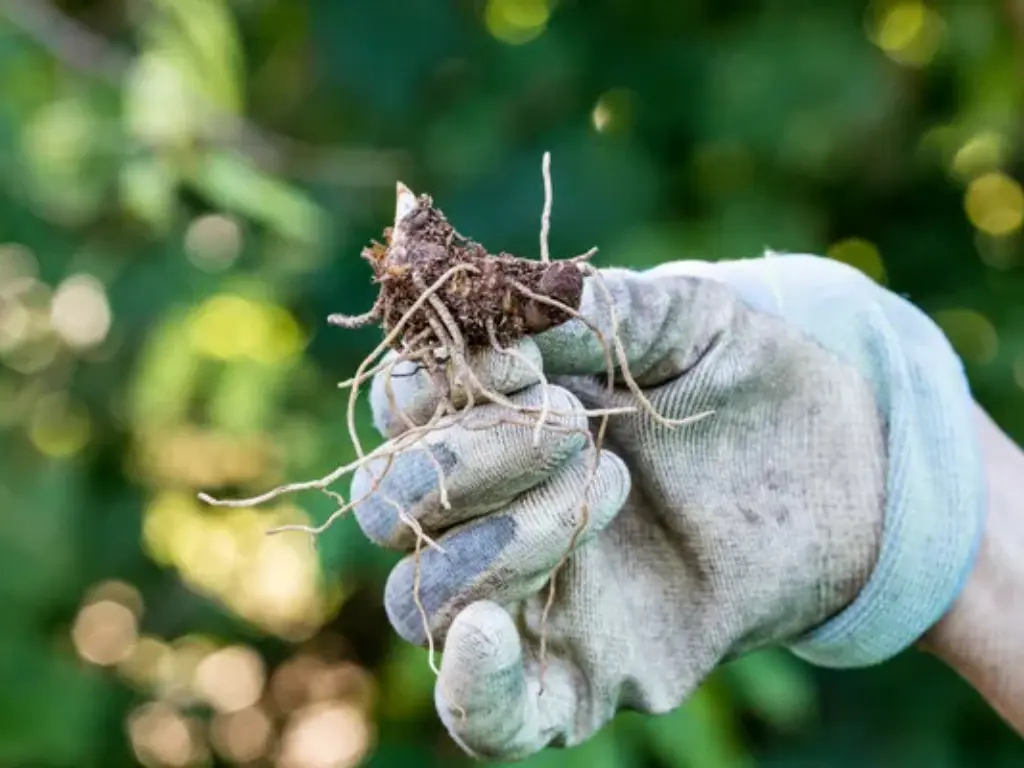
Rhizome Division
The easiest way to propagate Yellow Trillium is by rhizome division in late summer or early fall. Simply dig around the plant, gently lift the rhizomes, and separate them into pieces, ensuring each division has at least one healthy bud and some roots. Replant immediately at the same depth for a quick and reliable way to increase your trillium patch.
Growing from Seed
Growing Trillium luteum from seed is rewarding but requires patience. Collect seeds in early summer when they ripen and sow them directly into moist woodland soil or pots kept in shade. Germination can take up to two years, and it might be four or five years before the plants produce their first blooms, but it’s worth the wait to see them thriving in your woodland garden.
Frequently Asked Questions (FAQs)
Can Yellow Trillium grow in full sun?
No, Yellow Trillium thrives in partial to full shade. Too much sun can cause the leaves to burn and reduce blooming.
How long does it take for a Yellow Trillium to bloom?
If planting rhizome divisions, you may see blooms in 1-2 years. If growing from seed, it takes around 4-5 years for flowers to appear.
Is Yellow Trillium deer resistant?
Unfortunately, no. Deer find trillium quite tasty, so it’s best planted in protected areas or alongside deer-resistant companions to help deter browsing.
Can I grow Yellow Trillium in pots?
Yes, you can grow them in deep pots with rich, well-draining soil. Keep the pots in a shady spot and ensure consistent moisture for healthy growth.
Final Thoughts
Growing Yellow Trillium is a simple way to add elegance and native beauty to your shade garden. With their striking yellow blooms and low-maintenance nature, Trillium luteum can turn any dull, shady corner into a vibrant woodland display. If you’re ready to get started, plant your rhizomes this fall and look forward to enjoying these beautiful native flowers for many years to come.
If you enjoyed this guide, be sure to check out my other articles on best woodland perennials for shade gardens, propagating hostas, and native plants that attract pollinators to build your dream garden ecosystem.
You may like:

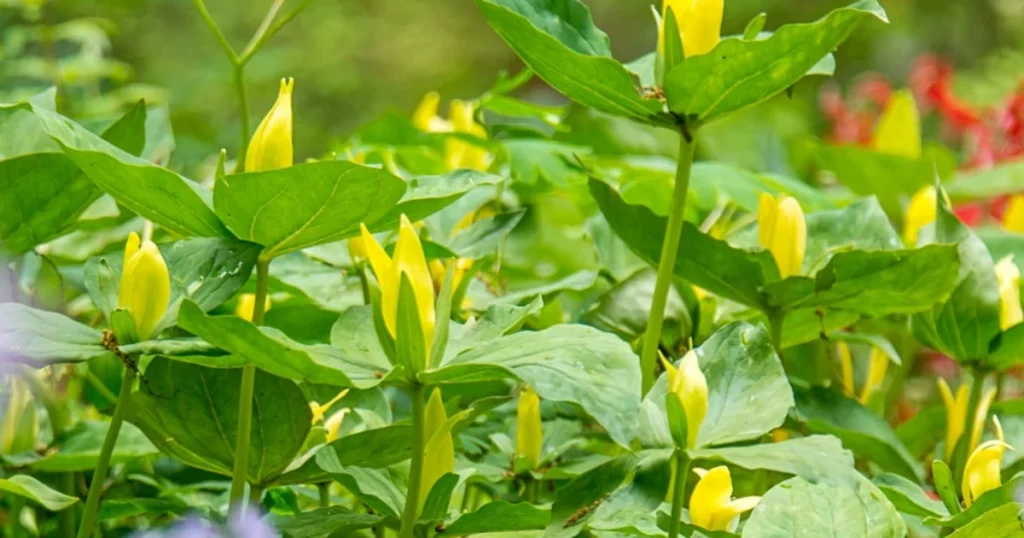
7 Vegetables to Plant in December for a Bountiful Winter Harvest
Winter gardening is a challenge many new gardeners shy away from. But if you’re among [...]
Dec
9 Common Christmas Cactus Problems and How to Fix Them
Have you ever walked past your Christmas cactus and wondered why it suddenly looks sad? [...]
Nov
Swedish Ivy Care: How to Grow a Healthy, Thriving Plant
Have you ever looked at your Swedish Ivy and wondered why the leaves are turning [...]
Nov
Avoid These 10 Garlic Planting Mistakes for Bigger, Healthier Bulbs
Growing garlic at home is one of the most satisfying things a gardener can do [...]
Nov
How to Prevent Christmas Cactus Bud Drop: Tips for a Healthy Bloom
Have you ever noticed your beautiful Christmas cactus (Schlumbergera) starting to lose its buds just [...]
Nov
Discover 7 Stunning Types of Night-Blooming Cereus
Have you ever waited for a flower that only opens at night and then disappears [...]
Nov